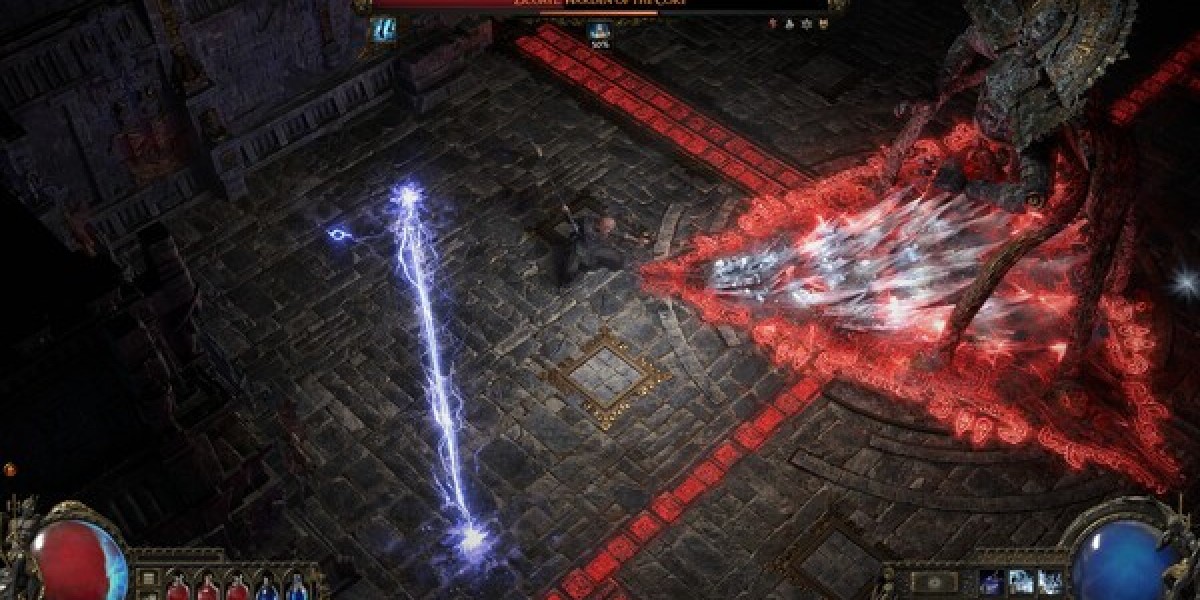Lateral Thinking Puzzle Games: Unleash Creativity and Crack the Code
Introduction
In a world where conventional problem-solving often falls short, lateral thinking puzzle games challenge players to bend logic, embrace ambiguity, and explore unconventional solutions. These brain teasers, popularized by creativity guru Edward de Bono, require you to think sideways rather than straight ahead—turning “impossible” riddles into “aha!” moments. Whether you’re a team leader seeking icebreakers, a teacher fostering innovation, or a solo player craving mental gymnastics, this guide explores the best lateral thinking games, their benefits, and strategies to master them.
What Are Lateral Thinking Puzzle Games?
Lateral thinking puzzles are open-ended problems that defy linear logic. Instead of relying on step-by-step analysis, they demand creative leaps, reframing questions, and connecting seemingly unrelated ideas.
Classic Example:
“A man walks into a bar and asks the bartender for a glass of water. The bartender pulls out a gun. The man says, ‘Thank you,’ and leaves. Why?”
Answer: The man had hiccups; the bartender scared them away.
These puzzles often lack obvious clues, pushing players to ask probing questions and challenge assumptions.
Why Lateral Thinking Games Matter
Boost Creativity: Break free from rigid thought patterns.
Improve Problem-Solving: Tackle real-world challenges with innovative approaches.
Enhance Collaboration: Foster teamwork through group brainstorming.
Sharper Communication: Learn to articulate abstract ideas clearly.
Fun Learning Tool: Engage students or employees in critical thinking without lectures.
Top 10 Lateral Thinking Puzzle Games to Try
1. The Black Box (Classic)
How It Works: One player knows the solution; others ask yes/no questions to deduce it.
Example Puzzle: “A woman pushes her car to a hotel and loses her fortune. Why?”
Answer: She’s playing Monopoly.
2. Einstein’s Riddle
Theme: Logic grid puzzle with zebras, houses, and nationalities.
Skills Targeted: Deductive reasoning, patience.
3. Keep Talking and Nobody Explodes (Digital)
Concept: One player defuses a bomb using a manual read aloud by teammates.
Platform: PC, consoles.
4. MindTrap
Card-Based: Solve 400+ riddles with clues like “Why did the man bury his flashlight?”
Answer: Its batteries died.
5. Lateral Thinking Cards (Dr. Paul Sloane)
Use Case: Team-building exercises with prompts like “A man dies with a ring in his hand. How?”
Answer: He was a baseball player struck by a pitch.
6. Unlock! Board Game Series
Escape Room Style: Decode abstract clues to “escape” scenarios.
Best For: Groups who love narrative-driven challenges.
7. Brainwell (App)
Features: 600+ puzzles, including lateral thinking and logic games.
Platform: iOS, Android.
8. The Mystery of the Whispering Mansion
DIY Escape Kit: Solve interconnected puzzles to uncover a mansion’s secrets.
Ideal For: Themed game nights.
9. Riddle Me This
Social Game: Players create and solve each other’s riddles.
Example: “I’m light as a feather, yet no one can hold me long. What am I?”
Answer: Breath.
10. ChatGPT Lateral Thinking Prompts
Modern Twist: Use AI to generate endless puzzles like “Why is a raven like a writing desk?”
Answer: Poe wrote on both (credit: Lewis Carroll’s Alice in Wonderland).
How to Solve Lateral Thinking Puzzles: 5 Pro Tips
Ask Open-Ended Questions:
Instead of “Is the man a criminal?” ask, “What emotion drove his action?”
Challenge Assumptions:
If a puzzle mentions a “bar,” consider if it’s a metal bar, not a pub.
Break the Problem Down:
Split the puzzle into components (e.g., “water,” “gun,” “thank you”).
Think Metaphorically:
A “glass of water” might symbolize extinguishing fire (metaphorical hiccups!).
Collaborate:
Group input sparks ideas you’d never reach alone.
Common Mistakes to Avoid
Overcomplicating: The answer is often simpler than you think.
Ignoring Clues: Every word matters. (“Why did the bartender pull a gun?”)
Quitting Too Soon: Persistence is key—sleep on it if stuck!
Using Lateral Thinking Games in Education & Business
Classrooms: Start lessons with a puzzle to ignite curiosity.
Corporate Training: Host team-building sessions to improve innovation.
Interviewing: Assess candidates’ problem-solving agility.
Example: Google famously asked, “How many golf balls fit in a school bus?” to gauge creative estimation.
DIY Lateral Thinking Puzzles
Twist a Fairy Tale: “Why did Cinderella’s glass slipper disappear at midnight?”
Answer: It turned back into a pumpkin (lateral twist!).Object Repurposing: “Use a spoon to solve a WiFi issue.”
Answer: Reflect the router’s signal with the spoon’s concave side.
FAQ: Answering Your Lateral Thinking Questions
Are lateral thinking puzzles the same as riddles?
Similar, but riddles often have wordplay; lateral puzzles require abstract leaps.
Can these games improve IQ?
They enhance fluid intelligence (creative problem-solving), not IQ directly.
Are they suitable for kids?
Yes! Simplify puzzles for ages 8+ to boost cognitive flexibility.
Where can I find more puzzles?
Books by Paul Sloane, online forums, or apps like Brainwell.
Conclusion
Lateral thinking puzzle games are more than quirky riddles—they’re a workout for the mind, teaching us to see the extraordinary in the ordinary. From unraveling MindTrap mysteries with friends to fostering innovation in the workplace, these games prove that sometimes, the best solutions come from the least expected angles. Ready to bend your brain? Grab a puzzle, gather your team, and let the sideways thinking begin.
Also Check Out More Game : puzzle games



